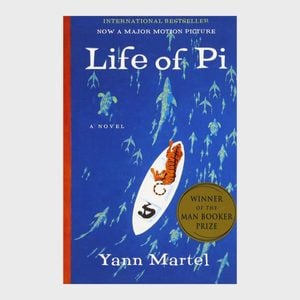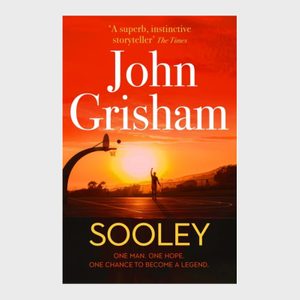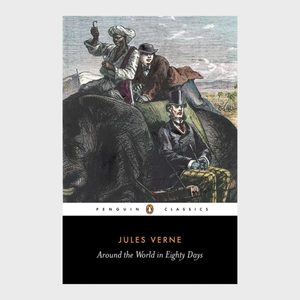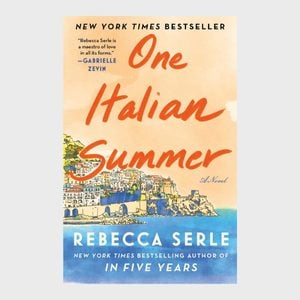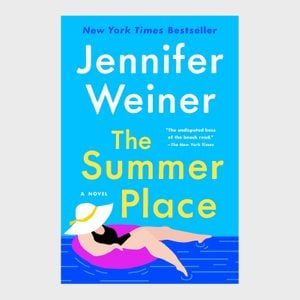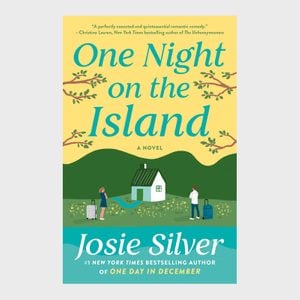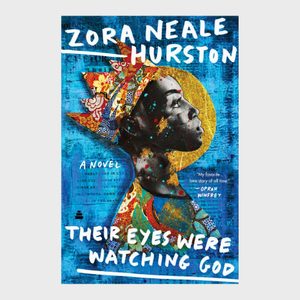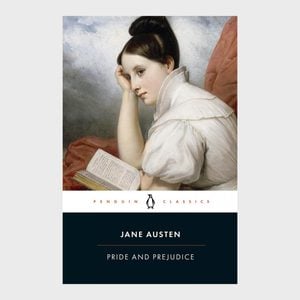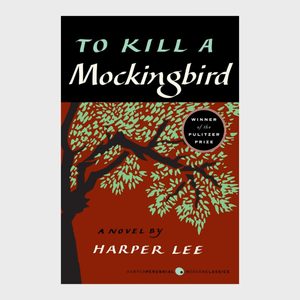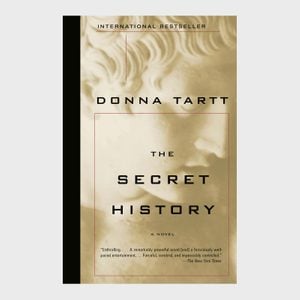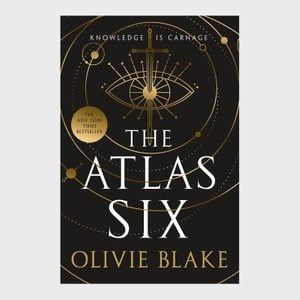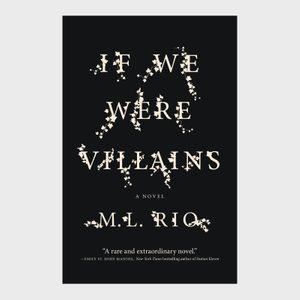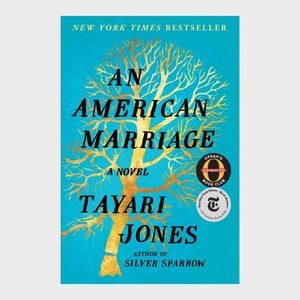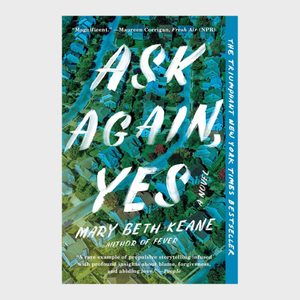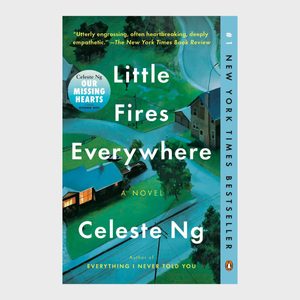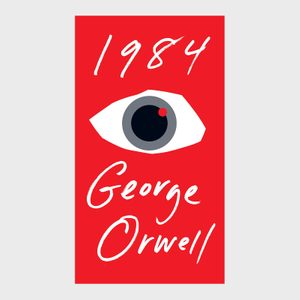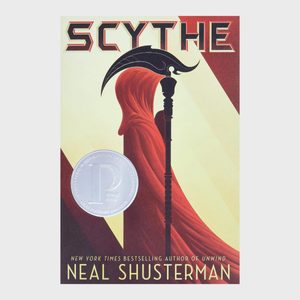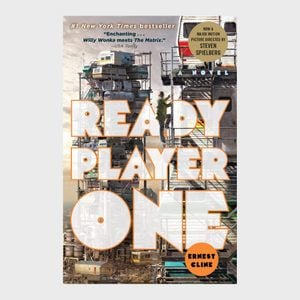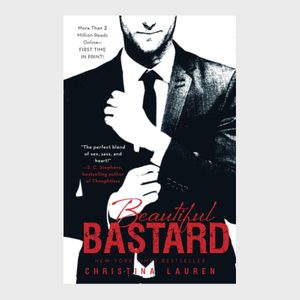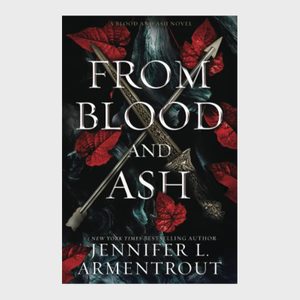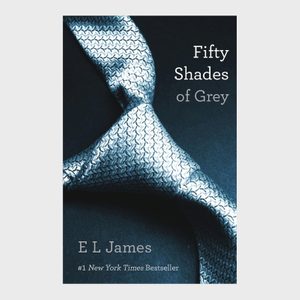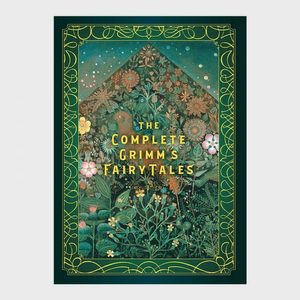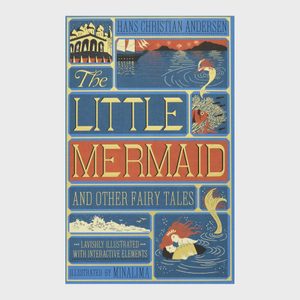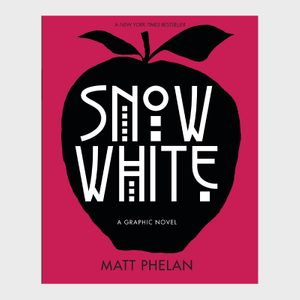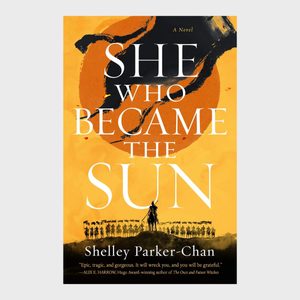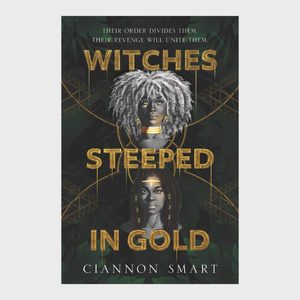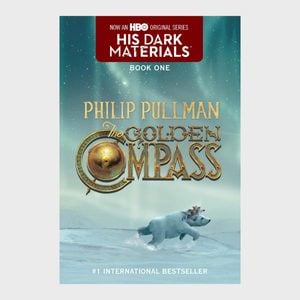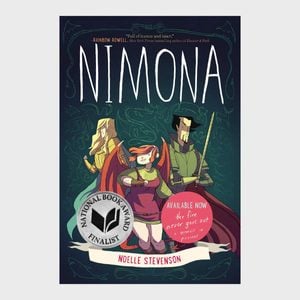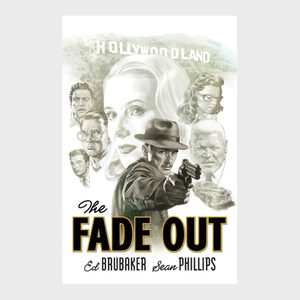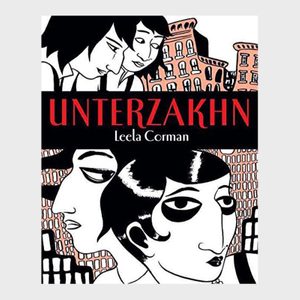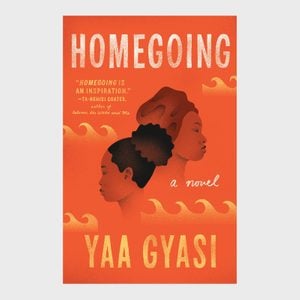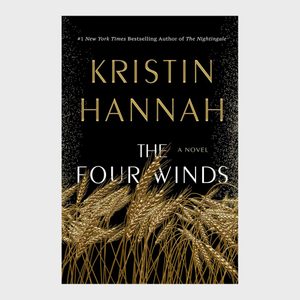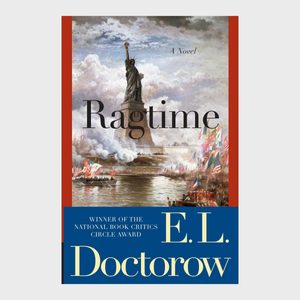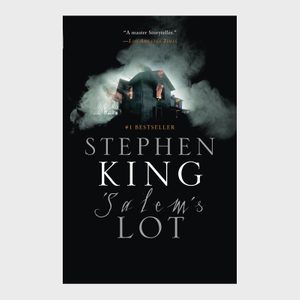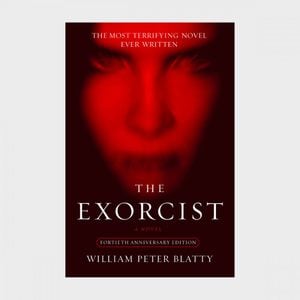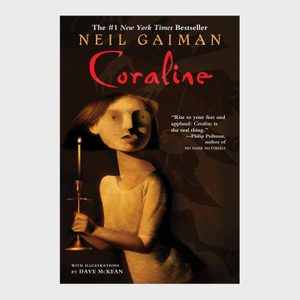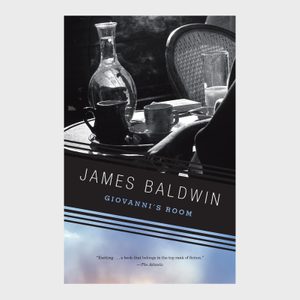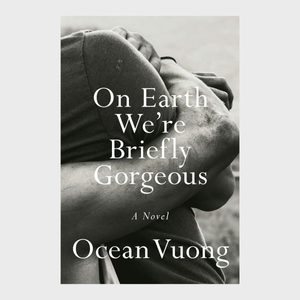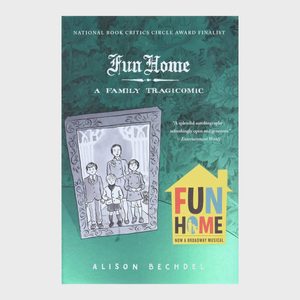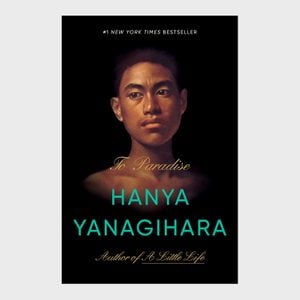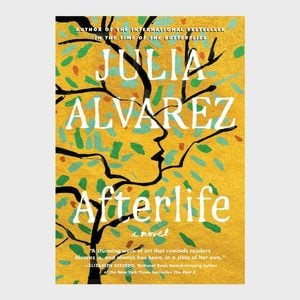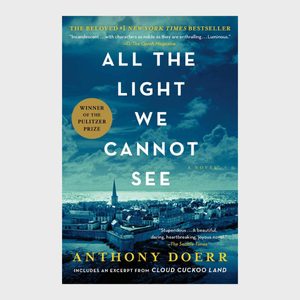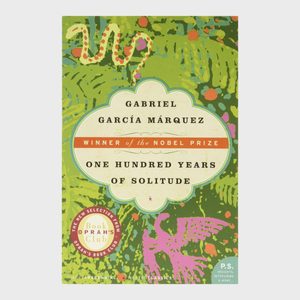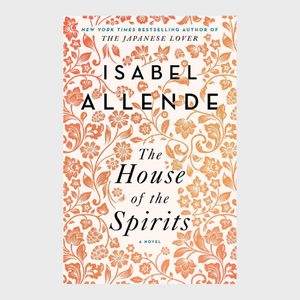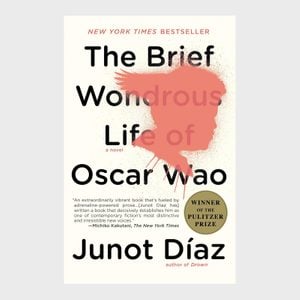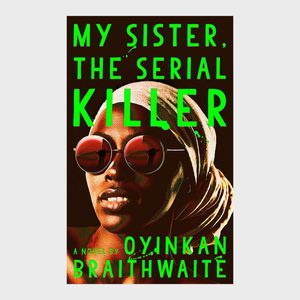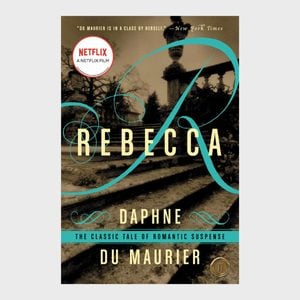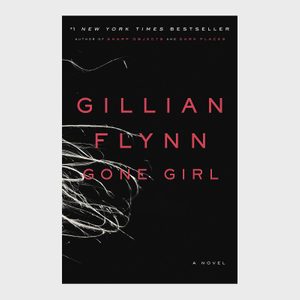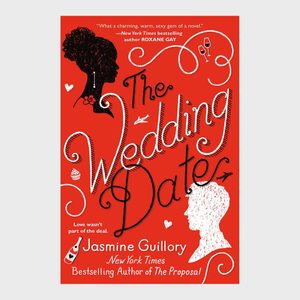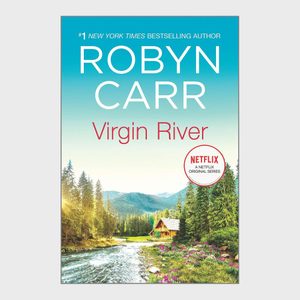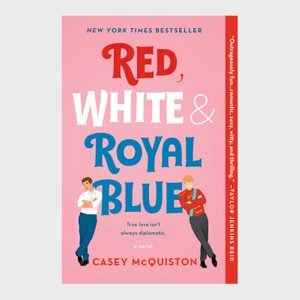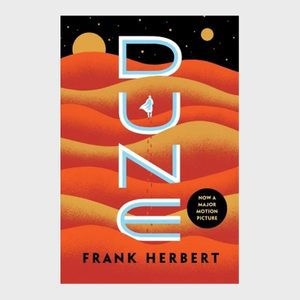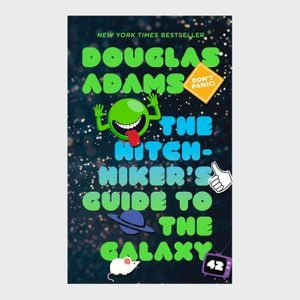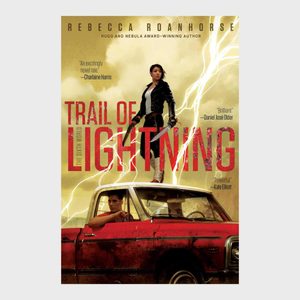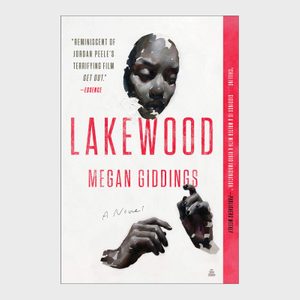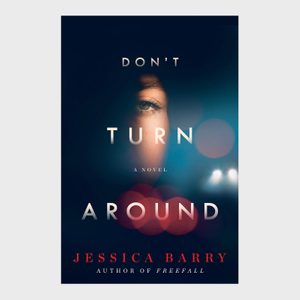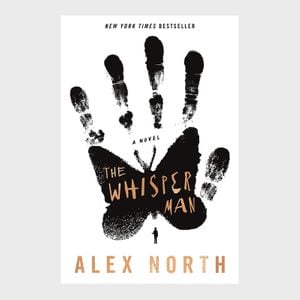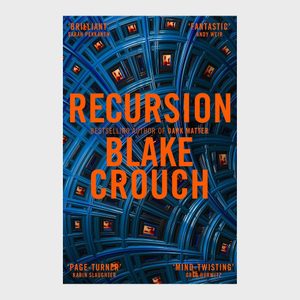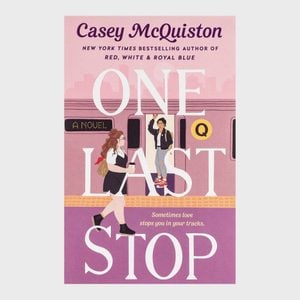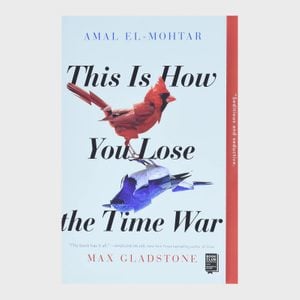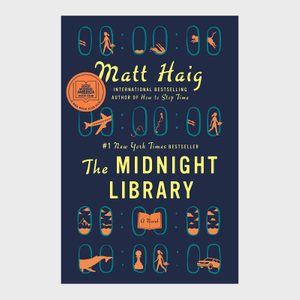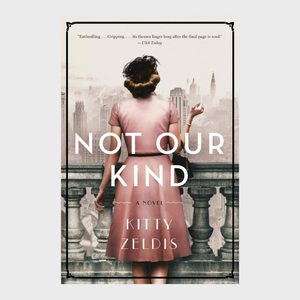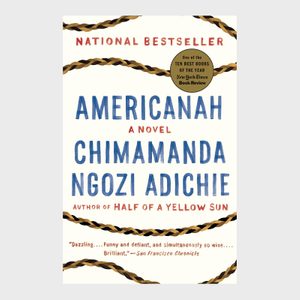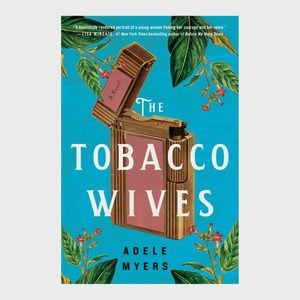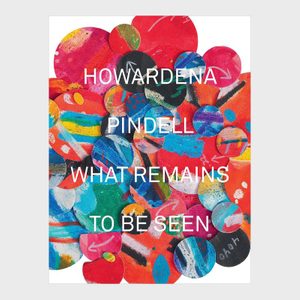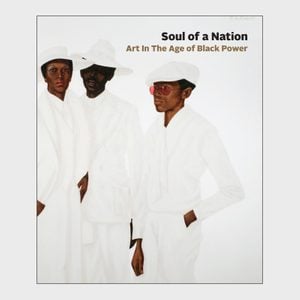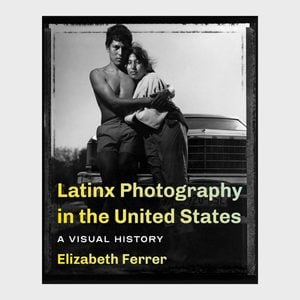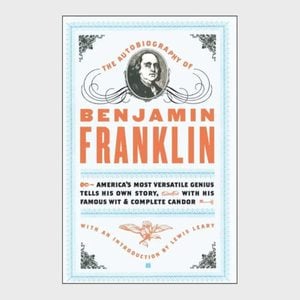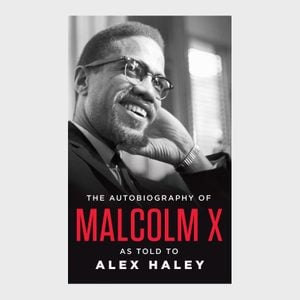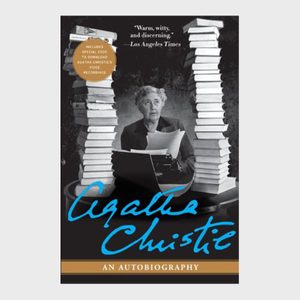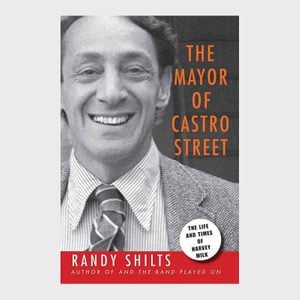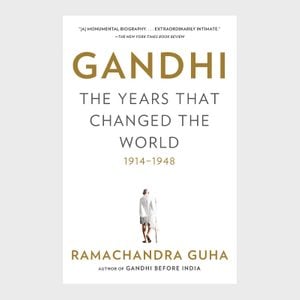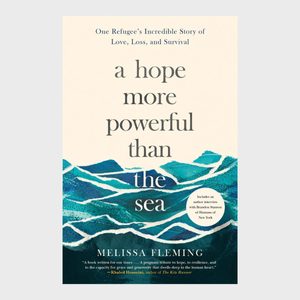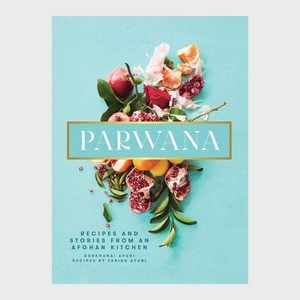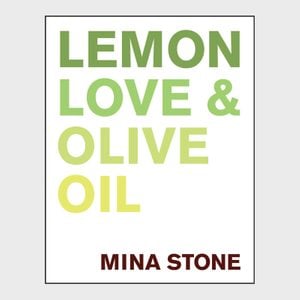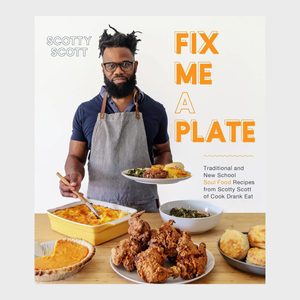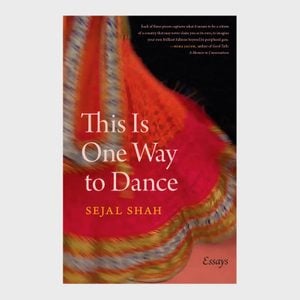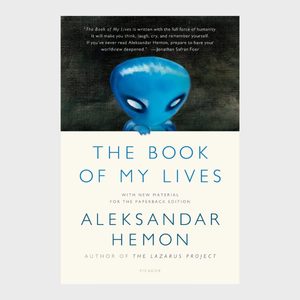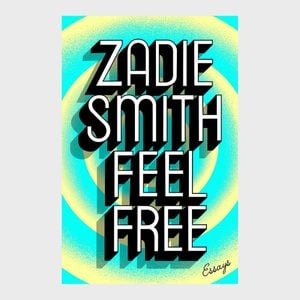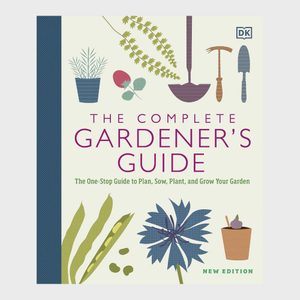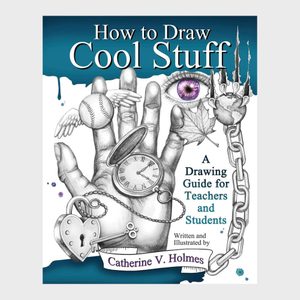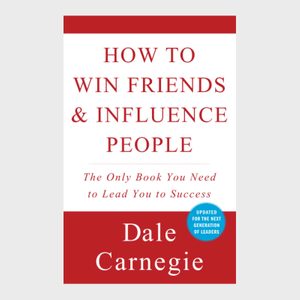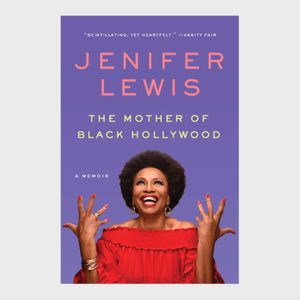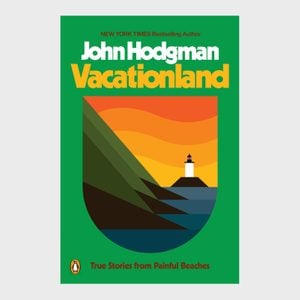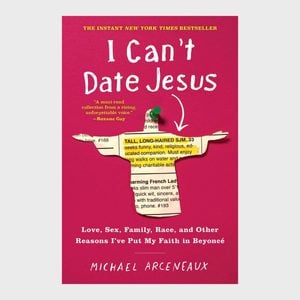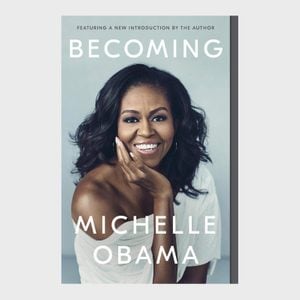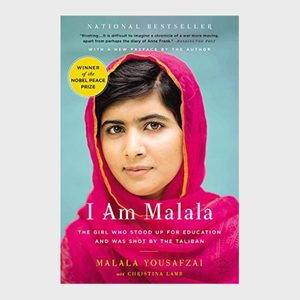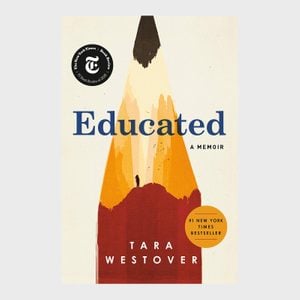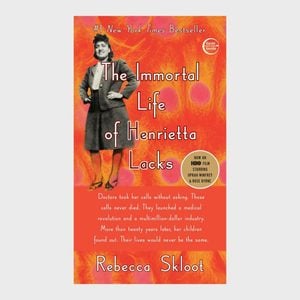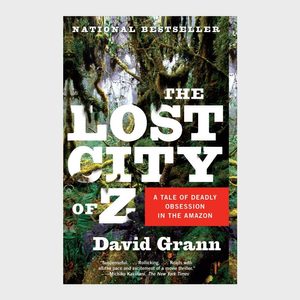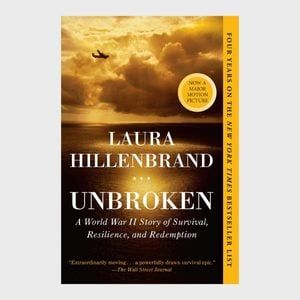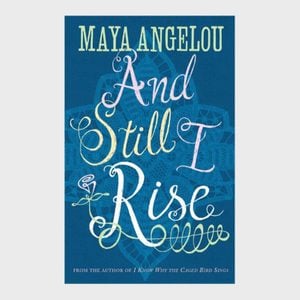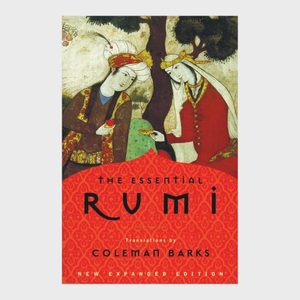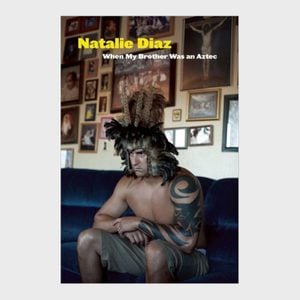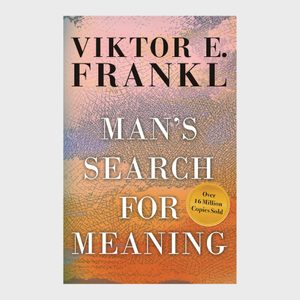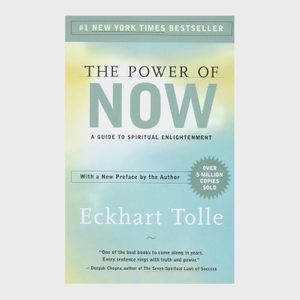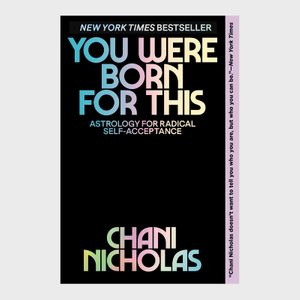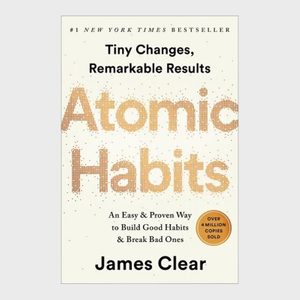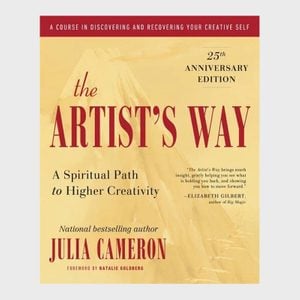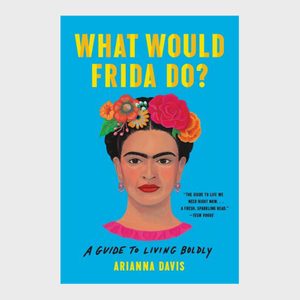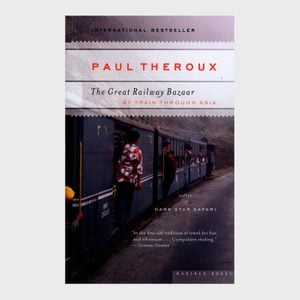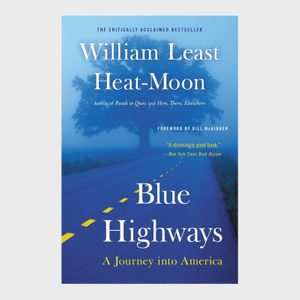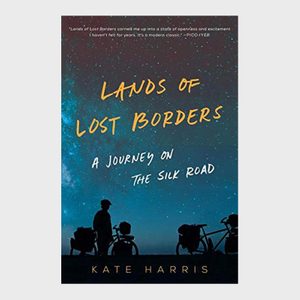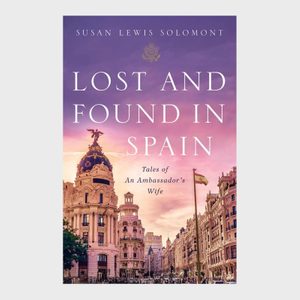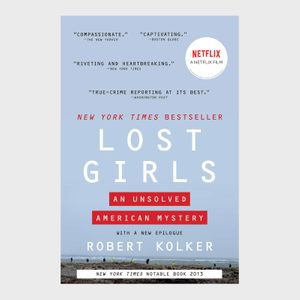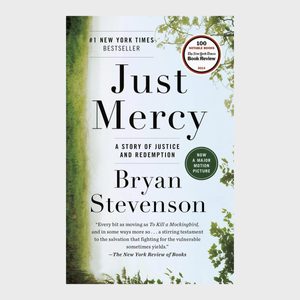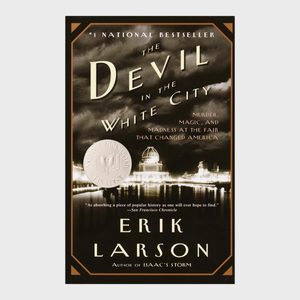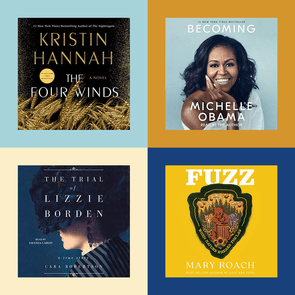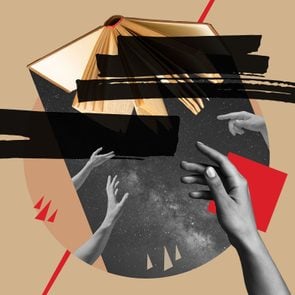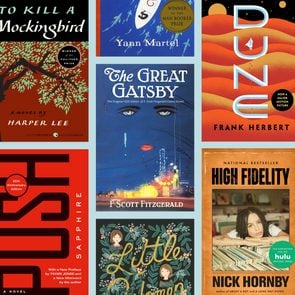The Ultimate Guide to 35 Popular Book Genres
Updated: Apr. 01, 2024
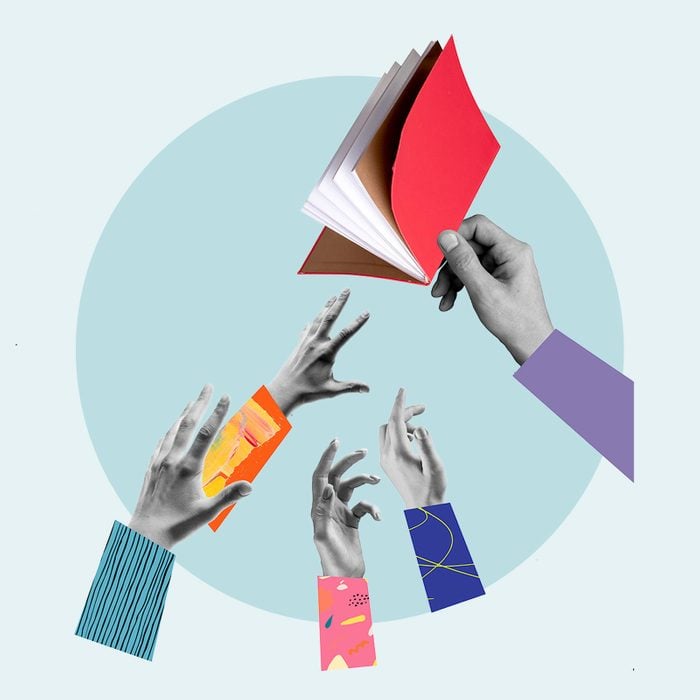
With so many book genres to choose from, you're bound to find something you love
Step into any bookstore or library, and you’ll find shelves of books organized by popular book genres. Of course, there’s a division between fiction (made up) and nonfiction (true) stories, but the categories don’t stop there. Understanding what makes each genre distinct can help you stride confidently to the shelf of books you’re most likely to enjoy. If your summer reading list is packed with easy, breezy beach reads, you’ll probably find plenty to love on the romance shelf as well. And if Stephen King’s writing is more your speed? Well, it’s to the horror section for you!
As more authors pump out cross-genre books, it can be tricky to track how many genres actually exist. There is no hard, fast number. Some librarians might say there are 14 or 15 genres of books, while some authors might quickly list off a few dozen. What we can say for sure is that book genres evolve just as language and tastes evolve. And one more thing to keep in mind: Age ranges—think middle-grade children’s books, young adult and adult—are not genres. A book’s genre depends on the style and themes, not the age-appropriateness of the material.
Below, discover 35 popular book genres, along with reading suggestions that include the best books of all time, mystery books, true-crime books, autobiographies, memoirs and more.
Join the free Reader’s Digest Book Club for great reads, monthly discussions, author Q&As and a community of book lovers.
Fiction
The characters aren’t real. The magic, mystery and monsters are made up. And the historical events are a backdrop for the author’s imagination. But the adrenaline and excitement you feel while flipping the pages of a fiction book? Well, that’s just a benefit of reading.
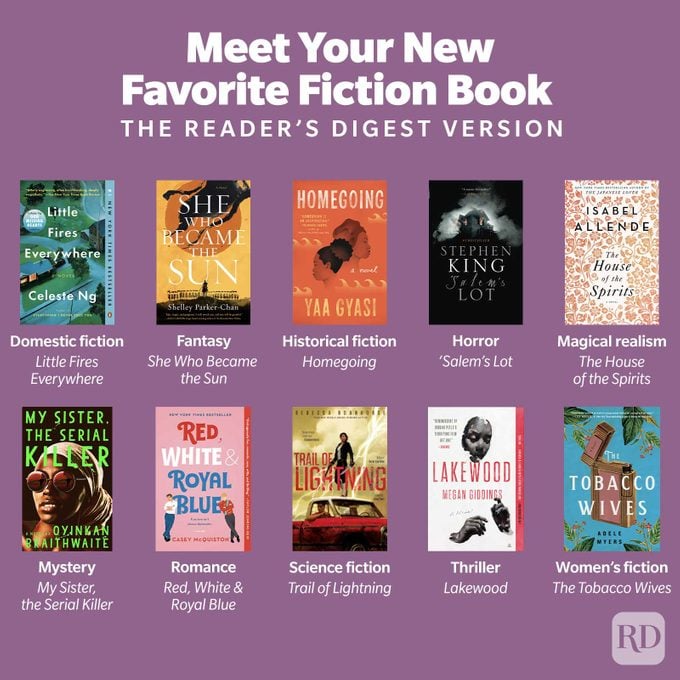
Action and adventure
From swashbuckling sea adventures and jungle treks to sports stories and action-packed treasure hunts, the action and adventure book genre beckons readers with tales of derring-do. Of course, many action and adventure novels also cross into other categories. You’ll spot action-packed plots in crime dramas, mystery novels, thrillers, science fiction and even fantasy. What makes a book fall into this category is that it keeps moving—think page-turning action in place of character contemplation or lush, evocative descriptions of the setting.
Beach reads
There’s no singular definition for the beach read book genre, a class of easy, breezy novels perfect for poolside or seaside reading. So then what makes the perfect beach read? Whether the plot is driven by action or romance, the book should appeal to a broad swathe of readers. It shouldn’t be too intellectually involved or require a detailed spreadsheet to understand the medley of characters or turns of events. In short, beach reads are easy and enjoyable stories. Bonus points for vacation-destination settings!
Classics
Classic books tend to be old and widely read. They frequently appear on high school English reading lists or college literature syllabi. Love them or hate them, the classics are here to stay. Their universal themes, from forbidden love (Romeo and Juliet, anyone?) to evolving identity (as in Their Eyes Were Watching God), have sparked book club discussions for decades. Unfortunately, most novels canonized as classics do not represent the diversity of today’s readers. That’s why it’s important to read across book genres, incorporating both age-old authors and fresh voices into your reading routine.
Dark academia
Fancy a gothic story set in a boarding school or university? What about a novel peopled with academics who study the underworld or have visions of an alternate, darker reality? These are classic dark academia vibes. This genre is marked by dark plot twists against an academic backdrop. Dark academia books tend to fall into other genres as well—fantasy-tinged academic tales or murder in academia, for instance. That’s why you may hear people calling dark academia a subgenre rather than a stand-alone genre.
Domestic fiction
Domestic fiction tends to be a realistic (rather than fantastical) portrayal of daily middle-class life. Conflicts are intimate and interpersonal, such as a friendship gone awry or a marriage gone bad. Often, these books are set in the suburbs or contemporary work environments. While these descriptions make the novels sound plodding and ordinary, great domestic fiction is anything but boring. Contemporary writers like Liane Moriarty and Celeste Ng have mastered the art of suspenseful domestic fiction that thrums with moral conundrums, dark secrets and unreliable narrators.
Dystopian
Cold, heartless politicians have overtaken society. Human rights are legally violated. Or maybe humanity’s reliance on technology has created an inescapably numbed future. Whatever the specifics, the joys of the past have been stripped from daily life, and the future looks bleak. Welcome to dystopia! Dystopian fiction asks readers to imagine a world in which political structures have gone sideways. It’s speculative and scary yet realistic enough to ask the reader, “Could this happen?”
Erotica
Erotic fiction falls under the broader genre of romance fiction, but don’t confuse these books for traditional romance novels or rom-coms. These books stand apart for their mature themes, provocative banter and steamy sex scenes. The erotic book genre could technically include explicit nonfiction too, but most fans of modern erotic romance reach for books with some character development and plot twists. While their subcategory is up for debate, many Colleen Hoover books like It Ends With Us, have been dubbed “spicy” by #BookTok fans. But probably the most recognizable erotica novel is none other than Fifty Shades of Grey.
Fairy tale
According to the Massachusetts College for Liberal Arts, the fairy-tale genre includes magical stories, “usually originating in folklore.” Themes include heroism, coming of age and resourcefulness. Often, the hero or heroine ascends from rags to riches or obscurity to fame. Though most well-known fairy tales in the United States have European roots, the fairy-tale genre spans continents and cultures.
Fantasy
Fantasy has long been a popular book genre for readers who crave total escapism. From sword fights to sorcery and dragons to dire wolves, fantasy stories take readers on a journey that illuminates real-world lessons and truths through an entirely speculative setting. Within this sprawling category, you’ll find subgenres like high fantasy (think Lord of the Rings), portal fantasy (like The Lion, the Witch and the Wardrobe), urban fantasy (like American Gods) and more.
Graphic novel
Nope, graphic novels aren’t the same as comic books. While these stories are told in a comic-strip format, they’re longer and cover a wider range of book genres than comic books do. Stellar graphic novels include the same essential elements as any good read: dynamic characters, rising and falling action, and a compelling plot. And don’t let anyone tell you they’re not “real” books—Art Spiegelman’s graphic novel Maus, a story about the Holocaust, even won the Pulitzer Prize.
Historical fiction
While historical fiction is constrained by time, the books are hardly stifled by the genre’s bounds. Bestselling historical fiction novels span time and place: Madeline Miller’s The Song of Achilles sets up in ancient Greece. Yaa Gyasi’s Homegoing transports readers to 18th-century West Africa. And E.L. Doctorow’s Ragtime brings 20th-century New York City to life. Some historical fiction books are also romances. Others are thrillers or mysteries. What defines the genre is that the story uses real places and events as settings and plot points in a fictional story.
Horror
The horror genre offers speculative fiction in its most terrifying form. In other words, great horror books are realistic enough to be believable while still packing an adrenaline-surging punch. Bestselling author Stephen King breaks the genre into three subtypes: Gross-out, horror and terror. But you may find tinges of other genres within the mix, like the dark humor that runs through Grady Hendrix’s The Final Girl Support Group or the simmering romance found in so many vampire novels. At the end of the day, though, what lands a novel in this category is the ability to scare readers silly.
LGBTQ+
The growing LGBTQ+ category spans a variety of book genres, from sweet romances to sci-fi thrillers to tender coming-out stories. What sets this genre apart is that a queer author weaves a story about a queer character. These books weren’t always the bestsellers they are today. But over time, many LGBTQ+ authors paved the way for others to tell authentic stories from their own perspectives.
Literary fiction
It’s common for readers to falsely equate literary fiction with the term literature. But literature includes any and all writing. Literary fiction, on the other hand, includes novels with a heavy emphasis on character development rather than a fast-paced plot. These books often exhibit a distinct writing style and strong social themes, such as grief, friendship and second chances. Not sure if a book qualifies as literary fiction? Look for a badge of honor; literary fiction titles are often award winners.
Magical realism
Magical realism is a book genre that infuses everyday life with fantastical elements. First popularized by Latin American authors, this style of sprinkling a little magic on top of the ordinary has taken the literary world by storm. While some book genres are defined by a single element (romance, for instance), magical realism typically includes three: a realistic setting, a touch of the supernatural (a hero with an uncanny ability to foretell the future, or a quirky aunt with telepathic powers, for instance) and a touch of poetry or literary style. If you’re just dipping your toes into this book genre, start with the works of Gabriel García Márquez, a master of the genre.
Mystery
An unexplained disappearance. Murder in the mansion. A jewel thief on the loose. Welcome to the land of mysteries! Mystery books can feature fun games of cat-and-mouse, sizzling romances between detectives or even old ladies playing the role of amateur sleuth, as is the case in some of the best cozy mysteries. Regardless of the characters or setting, any good mystery includes a crime, a detective-like protagonist and plot twists that eventually lead to a resolution. Most mysteries have witty dialogue, a few red herrings and enough clues to help the reader play an active role in guessing who committed the crime.
Romance
From epic love stories to swoonworthy beach flings, romance books tell the story of two people who are attracted to each other and must overcome some sort of obstacle to end up together. And wow, do these books sell! According to the Romance Writers of America, romance accounts for nearly a quarter of fiction books sold in the United States. Who doesn’t love a good romantic comedy or enemies-to-lovers tale full of witty banter?
Science fiction
The science fiction book genre explores concepts outside the realm of reality. What if aliens exist? What if one aspect of society—politics, technology, even socioeconomic classes—became grossly exaggerated? How would life change? From space travel and alternate realities to dystopian fiction and time travel (subgenres of sci-fi), these books transport readers to whole new worlds.
Thriller
Mysteries and thrillers often go hand in hand. But what makes the best thriller books shine are adrenaline-spiking tension, suspense and fast-paced action. Some psychological thrillers start as slow burns, but by the end, they’ll have your heart racing and palms sweating as you follow the main characters to the sometimes-bitter end. Also, here is how to read faster to make the most of reading a thriller book.
Time travel
Time travel is a common theme in science fiction, but this subgenre overlaps with other book genres as well. The only requirement for a good time travel yarn is—you guessed it!—a primary character who traverses time in a nonlinear fashion. From Blake Crouch’s mind-bending Recursion to Casey McQuiston’s romantic comedy One Last Stop, time travel books delight readers with a plot that moves seamlessly from the future to the past.
Women’s fiction
Women’s fiction can include several book genres. This standard bookstore classification typically contains books written by female authors for women. Of course, men and nonbinary readers can undoubtedly enjoy so-called women’s fiction. Women’s fiction books frequently include domestic settings riddled with themes of friendship, love and marital strife.
Nonfiction
Want to read about real people, real events and real issues? Nonfiction books are just what you’re looking for.
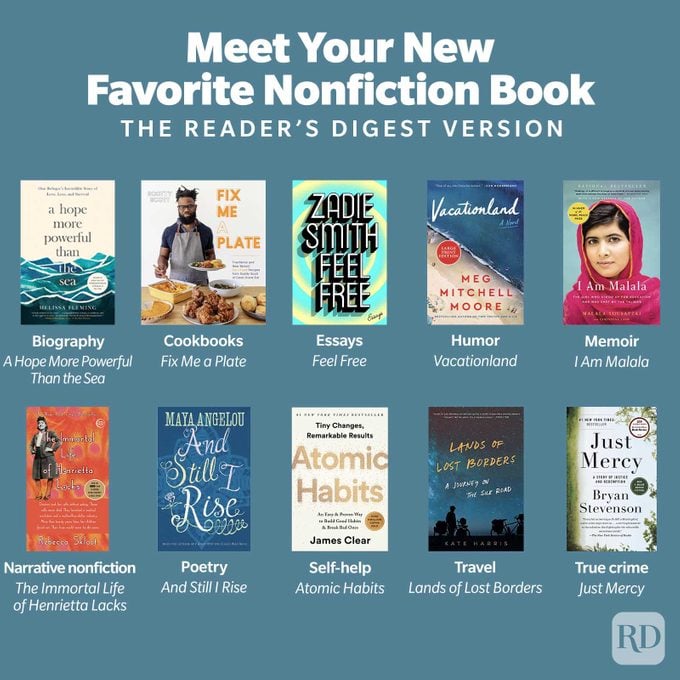
Get Reader’s Digest’s Read Up newsletter for more entertainment, humor, cleaning, travel, tech and fun facts all week long.
Art and photography
Art and photography books usually feature an artist’s work alongside text commentary. The hefty, beautifully printed pages make excellent coffee table books—a thoughtful gift idea for book lovers. If a picture is worth a thousand words, these books are worth their weight in gold!
Autobiography
The distinction between biography and autobiography is easy: While biographies require an author to research someone’s life deeply, autobiographies are written by the subject. From politicians to famous actors, the subjects of autobiographies inspire, educate and promote empathy for an experience vastly different from your own. These firsthand glimpses of life on the road less traveled make for powerful reading.
Biographies
Both autobiographies and biographies chronicle the life of an important figure. But biographies offer a peek into the experiences of someone who might not be available to share their own story, whether because they’re long gone, not a writer or simply too busy. Of course, this means that biographies might not hold all the answers. They’re often used to theorize about a famous person’s motivations and relationships.
Cookbooks
What makes a great cookbook? Clear instructions and ingredient lists, of course. Some of the best cookbooks also feature artfully plated photos that make you drool and captivating commentary on why each dish matters. Cookbook collectors flock to tomes that offer exciting or inspirational tidbits. From the history of an ingredient to the author’s personal memories of a dish, cookbooks are more than just recipes—they’re often an introductory guide to cuisines or new cooking techniques.
Essays
Also called anthologies, essay collections indeed are a genre of their own. Essays offer writers a chance to speak their truth in prose. Sometimes, an essay describes a scene or event. Other times, it argues a point (say, about race relations in America) or tries to teach a lesson. While they may have varying lengths and forms, essays are always nonfiction.
How-to guides
One of the most practical genres of books, how-to guides offer exactly what the name implies: actionable plans and instructions for accomplishing a specific task. Some how-to guides offer general overviews of new skills (drawing, photography or sewing, for example). Others provide specialized instructions for readers who want to learn how to use a certain software program or woodworking technique. The best how-to guides include charts, graphs or other visuals to help readers learn as they go.
Humor
In the mood to laugh out loud? This is the book genre for you. While some novels incorporate humor, the humor genre includes nonfiction books written by comedians. From hilarious memoirs to sidesplitting anecdotes, top-notch humor books weave social commentary and real-life situations together with a lighthearted perspective.
Memoir
It’s easy to fret over the difference between memoirs and autobiographies. They’re both nonfiction books about the author’s life, right? Here’s an easy way to spot the difference between these book genres: Autobiographies tell the author’s whole life story in chronological order, while memoirs cover a collection of memories (often on a theme, such as travel, personal growth or growing up queer). Like autobiographies, excellent memoirs can inspire and educate readers through firsthand accounts from a new perspective.
Narrative nonfiction
The best narrative nonfiction sweeps readers into a story with a fully realized arc. In other words, the book reads more like a novel than an informational article or textbook. Most memoirs are narrative nonfiction, but not all narrative nonfiction comes in memoir form. For proof it spans genres, just look to the book that many say invented the format: Truman Capote’s In Cold Blood, a true-crime story that’s gripped readers for decades. Some authors of this genre tell their own stories, while others do deep research to tell someone else’s story.
Poetry
Ah, poetry. Does it have to rhyme? Or be separated into stanzas? Not anymore, dear readers! The best poetry evokes emotions. It makes the reader slow down and reflect. This genre tends to highlight the rhythmic or lyrical quality of language, yes, but many modern poets write in free verse rather than sticking to rhymes and meters.
Religion and spirituality
Almost any bookstore has a shelf set aside for the religion and spirituality genre. But which books can you expect to find there? Religion and spirituality includes many nonfiction subgenres. You might find the best books for your zodiac sign, astrology books, new-age guides, faith-based devotionals and more. The only criterion for this genre is that the book is about religion, spirituality or faith-based practice.
Self-help
The ultimate nonfiction read, self-help books are one of the most practical book genres. Self-help books differ from how-to guides in that they’re more about personal development than mastering a specific skill. Whether you’re hoping to finesse your finances, develop a growth mindset or foster creativity, there’s a self-help book for you.
Travel
Also known as “armchair travel,” great travel books transport you outside your home. These adventurous tales often inspire future vacations through descriptions of places, people, foods and cultural customs. John Steinbeck, Paul Theroux and Bill Bryson all made a splash in this wanderlust-fueled book genre—but that doesn’t mean you can’t find new and exciting travel writers to follow. From Kate Harris’s cycling trip along the Silk Road to Susan Lewis Solomont’s time as an ambassador’s wife in Spain, there’s a travelogue waiting to whisk you away.
True crime
Like an episode of Unsolved Mysteries or 60 Minutes, true-crime books read like thrillers or murder mysteries (or the true-crime documentaries you gobble up like candy). The difference between these and your favorite James Patterson page-turner is that the crimes actually happened. Sometimes, the book ends with a satisfying resolution. Other times, the author simply presents the evidence and leading theories for readers to suss out for themselves.
Sources:
- Massachusetts College of Liberal Arts: “Fairytales & Folktales”
- Vanderbilt University: “Three Levels of Terror”
- Romance Writers of America: “About the Romance Genre”

